How to use peat pots for growing seedlings?
Peat pots for seedlings appeared on sale about two decades ago, but most gardeners began to actively use them relatively recently. Not all farmers have yet been able to appreciate this product by its merit. Moreover, the first negative experience of using cups of their peat for growing seedlings forced some experimenters to abandon their use in the future. Moreover, the disappointment was so strong that the unlucky farmers and others began to discourage them from using these unusual seedling molds. Others, on the contrary, cannot get enough of peat cups and do not agree to exchange them for plastic ones. Which one is right? Let's try to figure it out.
What is a peat pot?
On the shelves of flower and gardening shops, you can find brown pots of a cubic, trapezoidal shape or in the form of cups, porous or more dense. The square ones are often connected several in a row, the cylindrical ones are nested one inside the other. Having asked the seller what these containers are and what they are for, the curious buyer will most likely hear in response that these are peat pots for growing and picking seedlings.
In fact, peat pots are made of peat only partially, at best 70 percent, at worst - half. The rest is made up of impurities: humus, cellulose. This mixture is dried and pressed.
There is a lot of peat in high-quality cups and little paper or wood pulp, they are looser, they let air better, it is easier for the roots to break through them, they dissolve faster in the ground (on average in 32 days). It would be more correct to call low-quality cardboard: they consist of half of highly compressed paper. Their density is quite high, little oxygen enters the roots through them, and the roots themselves cannot break through their wall. They decompose slowly in the ground. Gardeners who use such cheap cups often notice that a plant planted in open ground suddenly stops growing and dies, and then they find undecomposed pieces of cardboard in the soil.
The size of the containers is different: from 5 to 10 centimeters in diameter or along any edge. The difference between the closest dimensions is 1 centimeter. The height of the pots depends on the width. The size of the cup is important as it depends on the type of seedlings to be grown. The thickness of the walls is also important.
What seedlings are suitable for?
The main value of a peat cup is that it decomposes in the soil, serving at the same time as a fertilizer. This product is indispensable for seedlings with fragile roots: cucumbers, eggplants. Removing seedlings from plastic containers can damage the roots. It is not necessary to take it out of peat pots: such cups are planted in the ground together with the seedlings, because they do not interfere with the development of the root system, and later completely dissolve. The conclusion suggests itself: peat cups are better suited for seedlings of eggplants and cucumbers than plastic ones.
Peat increases the acidity of the soil, therefore peat pots are suitable for plants that grow well in slightly acidic soil, it is permissible to use them for plants that prefer a neutral acidity environment. These categories include tomatoes, peppers, cabbage, zucchini, pumpkin, the same cucumbers and eggplants. Can be grown in peat pots and strawberry seedlings.
Peat pots are categorically not suitable for plants that love slightly alkaline, calcareous soils.These include cauliflower, Chinese cabbage, lettuce, onions, and garlic. When growing seedlings of these crops, it is better to opt for the usual plastic containers filled with suitable soil for them.
How to choose?
As already mentioned, peat cups differ in shape and size, as well as in wall thickness. Form does not play any role other than aesthetic. Pay attention only to the first two parameters.
For plants with a strong root system, you can take thick-walled pots: the pumpkin can easily pierce a peat layer up to 2.5 millimeters thick. But for seedlings of cucumbers, eggplants, only thin-walled ones are suitable. These include products in which the wall thickness does not exceed 1.5 millimeters.
The size of the pot should depend on the type of seedling.
- For dill, parsley, cilantro and other herbs, 50 ml pots are suitable, their diameter is only 5 cm.
- For some colors such as asters, dahlias, need pots with a capacity of 100 ml, 6 cm in diameter.
- For strawberries, 200 ml pots are required, their diameter is 7 cm, they are also suitable for seedlings of cabbage, melon, watermelon.
- For zucchini, cucumbers, peppers and tomatoes, you can take cups with a capacity of 250 to 400 milliliters, the size of which is 8 or 9 cm in diameter.
- The largest pots (10 cm diameter, 500 ml volume) are needed for eggplant seedlings and some types of flower crops (fuchsia, cyclamen, gerbera, begonias, primrose).
Advice
When buying, you should carefully study the composition of the products and refuse to purchase those in which peat is less than 70 percent.
Benefits
Peat cups have a number of advantages over their plastic counterparts.
- The main advantage of peat cups is their degradability in natural conditions and environmental friendliness. They dissolve in the soil, fertilizing it, without having a toxic effect on it and plants. So it is convenient and safe to plant seedlings with a fragile root system in open ground.
- The second advantage is their safety for future seedlings. They are processed, they do not contain spores of bacteria, pest larvae, and they cannot infect seedlings. Plastic cups from under fermented milk products are not safe for her, as lactic acid bacteria can remain on their walls, because of which the plant can "get sick".
- The roots of the seedlings can “breathe” through the peat walls, which makes the plant stronger and grows faster.
- When decomposing, the peat pots fertilize the soil, feeding the plant roots. This accelerates its growth, increases productivity.
All of these benefits can be harnessed with a reasonable approach.
disadvantages
In the course of using peat pots, gardeners noted a number of significant disadvantages.
- The loose layer absorbs water from the soil during watering, it evaporates quickly, so the soil dries out, and the roots suffer from hypothermia. As a result, the seedlings not only grow poorly, but sometimes die.
- Trying to prevent the soil from drying out, the gardener begins to intensively water the seedlings. The result is an excess of moisture, mold growth of the pot and the seedlings themselves.
- The roots do not manage to break through the walls of the pot after planting it in the ground, it does not dissolve in the soil, "captivating" the roots. As a result, the plant dies, sometimes without even bearing fruit.
- The pots are disposable. On the other hand, they replace fertilizers, so their acquisition can hardly be called a waste of money.
Most of these problems can be solved if the peat tanks are used correctly and taking into account the positive experience of gardeners who have found an "approach" to them.
How to use?
When purchasing peat pots, you should carefully study the tips for their correct use. Only then will the cultivation of seedlings in them not turn into flour.
- First of all, it makes sense to saturate the pot with fertilizers suitable for the type of plants, the seedlings of which will be grown in them.To do this, you need to make a solution, immerse a pot in it, remove and dry. This will make it a more useful fertilizer when it dissolves into the soil after planting it outdoors.
- After that, the pot should be treated with an antifungal drug. This will not harm the seedlings, but will protect them from mold.
- Experienced gardeners recommend making small holes using an awl in the bottom and walls. In the future, this will help the roots to break through.
- Now it's time to fill the pot with soil. The soil must be clean, neutralized, and suitable in composition. You cannot fill it tightly into the pot, otherwise it will be difficult for the roots to germinate. There should be some free space to the edge of the container, about a centimeter. The earth is moistened.
- Having made a small depression in the ground, you need to plant one seed or one sprout in it when picking seedlings.
- Further, experts in gardening advise each pot to wrap in cellophane, leaving the bottom free. This will help the pot to maintain its shape and not dry out, not overdry the soil.
- The polyethylene-wrapped pots are placed in a plastic container with fairly high edges (almost flush with the cups). Watering is carried out through a sump: water is absorbed from it through the walls and bottom of the pots and moistens the ground.
The rest of the growing of seedlings is carried out in the same way as in plastic containers.
Advice
If it is not known why the slow growth of seedlings is observed, then you should carefully look to see if the instructions have been violated. In most cases, the problem lies in improper use of the peat pot or in improper care of the seedlings.
In open ground, seedlings are planted directly in peat cups, immersing them in the ground so that the edges of the cups are deepened by one and a half to two centimeters. Shoot care is also carried out in the same way as when planting a plant in the ground without a pot.
Peat pots have several advantages over plastic cups. However, if used incorrectly, they can turn from a gardener assistant to seedling destroyers. If the rules for using peat containers are violated, the plant suffers either from excessive moisture or from the dryness of the earth.
Of great importance is the correct choice of peat pots, which differ in size, wall thickness and, most importantly, in composition. Quality pots are 70% peat. Cheap cardboard counterparts are tightly compressed and do not dissolve in the ground, which is why a plant planted in them in open ground may die.
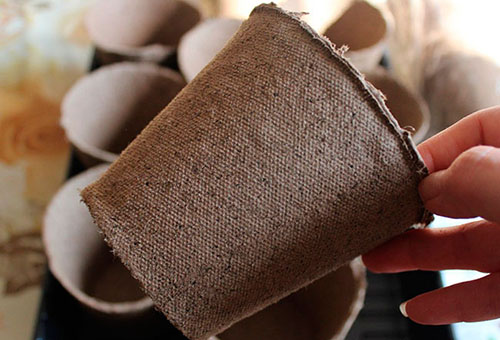
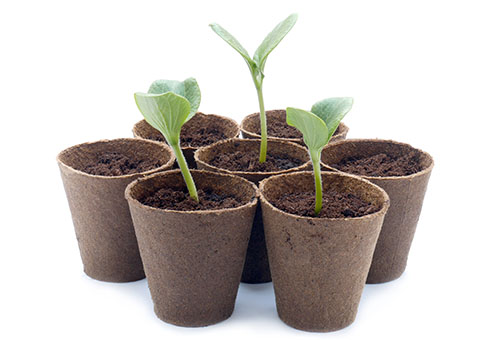
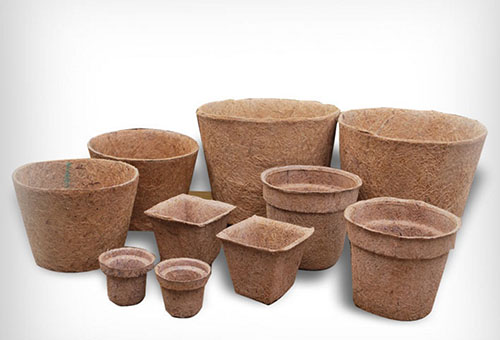
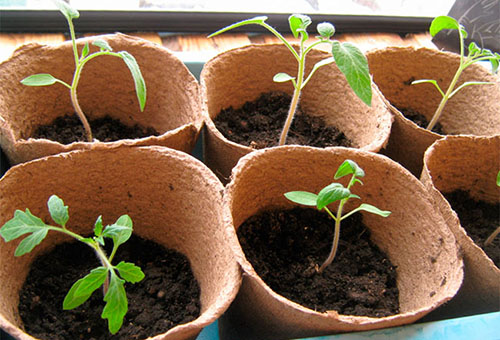
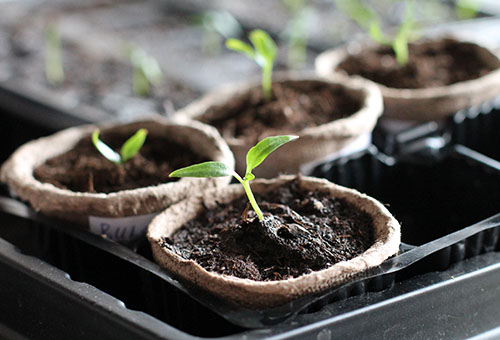
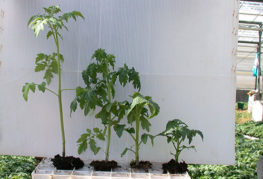
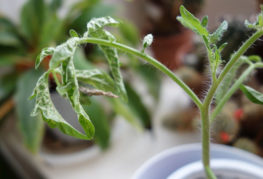
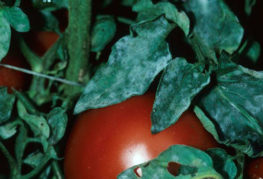
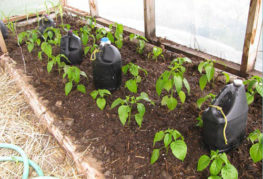

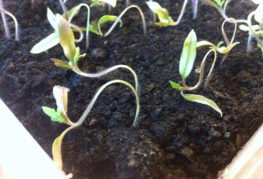
and will be published shortly.